How Invasive Species Affect Agriculture and the Economy
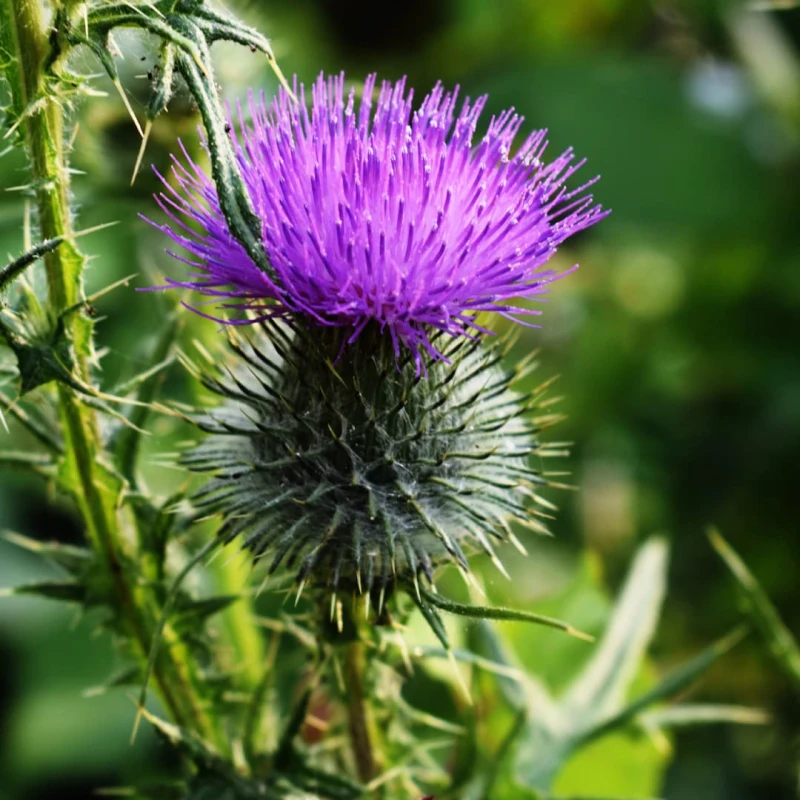
Crop Damage
Invasive weeds like Canada thistle and spotted knapweed compete with crops for sunlight, water, and nutrients, reducing yields and quality, resulting in significant financial losses for farmers.
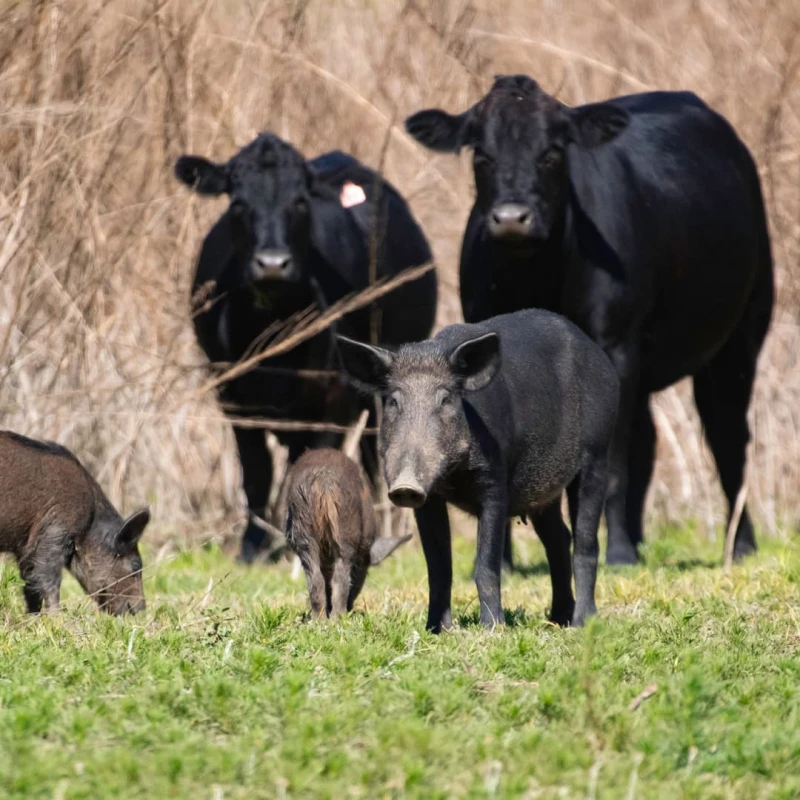
Livestock Impact
Invasive wild pigs are a prime example of invasive species that harm livestock. They root through pastures, destroy grazing lands, and spread diseases such as pseudorabies and brucellosis, which pose risks to livestock and farm workers alike.
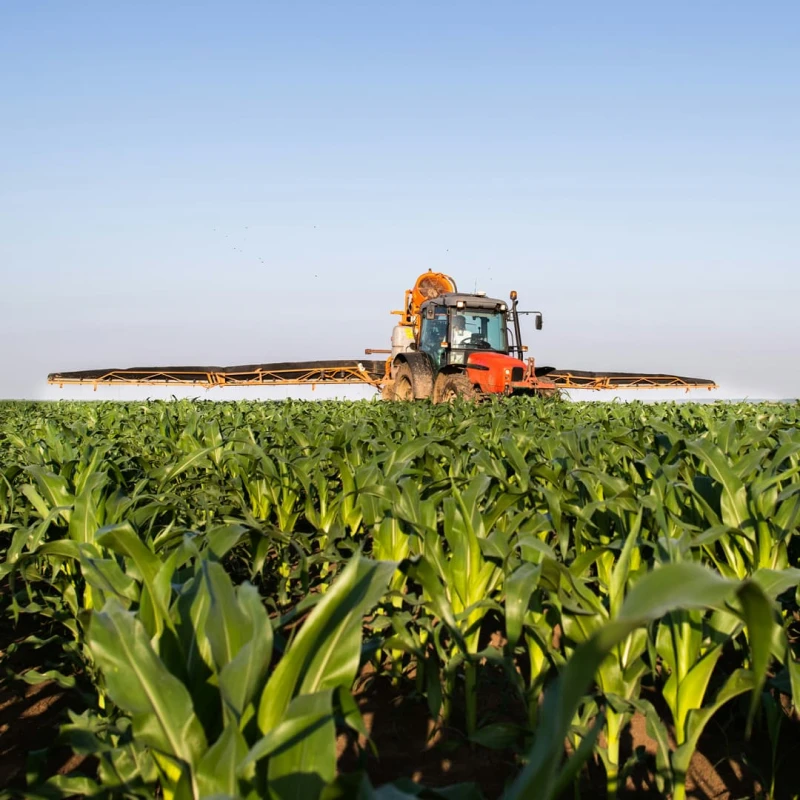
Economic Costs
Invasive species cost Canada’s agriculture industry billions annually in lost production, pest management, and restoration efforts. Farmers often bear the burden of these costs, impacting their livelihoods and Canada’s food supply chain.
Best Practices for Farmers and Agricultural Communities
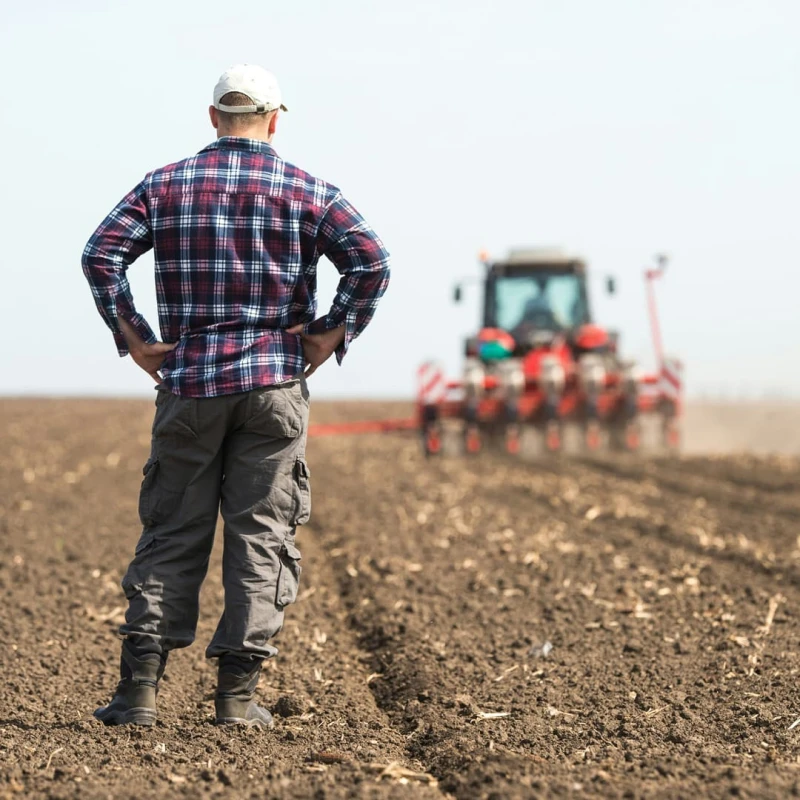
Stay Vigilant with Early Detection
Regularly monitor crops, fields, and livestock for signs of invasive species. Early detection can significantly reduce the spread and impact of pests and plants.
Use the Squeal on Pigs Program
Report sightings of invasive wild pigs to the Squeal on Pigs program, which provides tools to help manage and eliminate this destructive species.
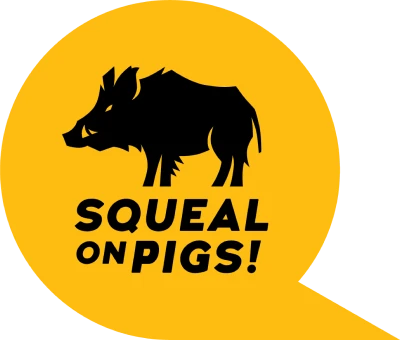
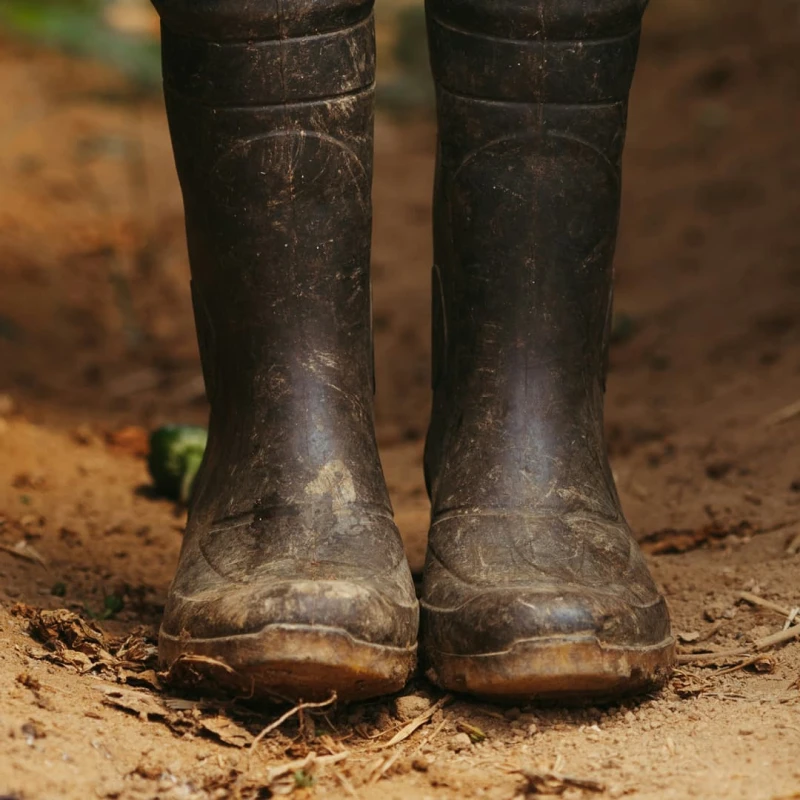
Implement Clean Farming Practices
Clean equipment, boots, and vehicles before moving between fields to prevent the spread of invasive seeds or pests.

Collaborate with Local Organizations
Work with local invasive species councils and agricultural agencies to stay informed about emerging threats and access management resources.
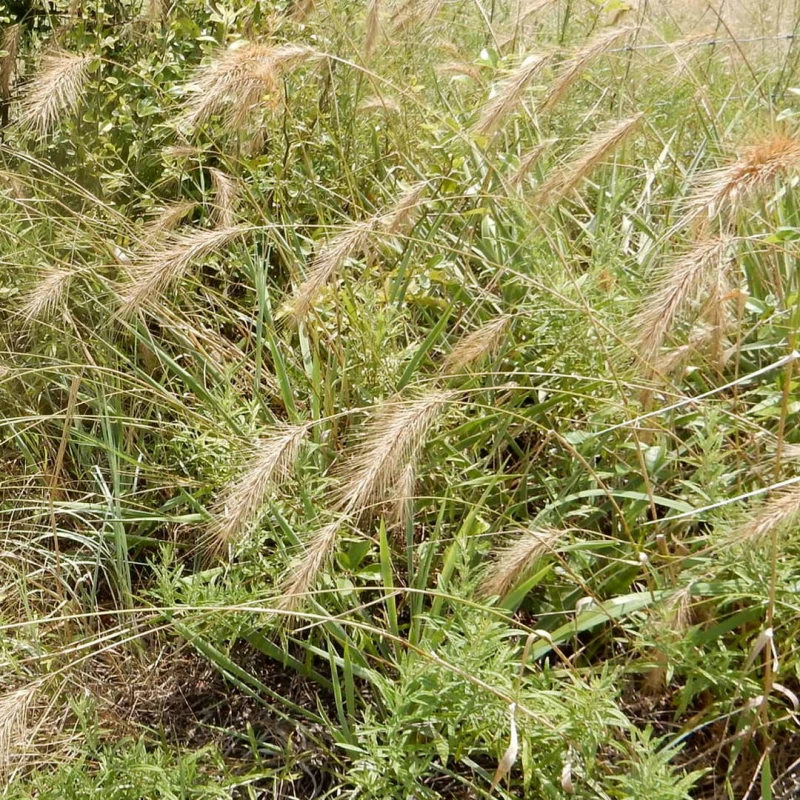
© Bob O’Kennon via iNaturalist.org, used under CC BY 4.0.
Plant Non-Invasive Crops
Avoid planting invasive species that may be marketed as cover crops. Use regionally appropriate species recommended by agricultural experts.
Take Action Today
Protecting Canada’s agriculture industry from invasive species is a shared responsibility. Report sightings through the Squeal on Pigs program, adopt clean farming practices, and collaborate with local organizations to safeguard our crops and livestock. Together, we can secure Canada’s food supply and ensure our agricultural lands thrive for generations to come.
